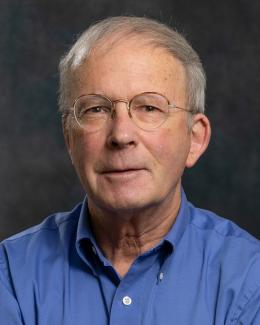Abstract
To prepare for steady-state operation of future fusion reactors (e.g. the International Thermonuclear Experimental Reactor and China Fusion Engineering Test Reactor (CFETR)), experiments on DIII-D have extended the high poloidal beta (βP) scenario to reactor-relevant edge safety factor q95 ~ 6.0, while maintaining a large-radius internal transport barrier (ITB) using negative magnetic shear. Excellent energy confinement quality (H98y2 > 1.5) is sustained at high normalized beta (βN ~ 3.5). This high-performance ITB state with Greenwald density fraction near 100% and qmin ≥ 3 is achieved with toroidal plasma rotation Vtor ~ 0 at ρ ≥ 0.6. This is a key result for reactors expected to have low Vtor. At high βP (≥1.9), large Shafranov shift can stabilize turbulence leading to a high confinement state with a low pedestal and an ITB. At lower βP (<1.9), negative magnetic shear in the plasma core contributes to turbulence suppression and can compensate for reduced Shafranov shift to continue to access a large-radius ITB and excellent confinement with low Vtor, consistent with the results of gyrofluid transport simulations. These high-βP cases are characterized by weak/no Alfvén eigenmodes (a.e.) and classical fast-ion transport. At high density, the fast-ion deceleration time decreases and Δβfast is lower; these reduce a.e. drive. The reverse-shear Alfvén eigenmodes are weaker or stable because the negative magnetic shear region is located at higher radius, away from the peaked fast-ion profile. Resistive wall modes can be a limitation at simultaneous high βN, low internal inductance, and low rotation. Analysis suggests that additional off-axis external current drive could provide a more stable path at reduced q95. Based on a DIII-D high-βP plasma with large-radius ITB, two scenarios are proposed for CFETR Q = 5 steady-state operation with ~1 GW fusion power: a lower-${l_i}{\text{ }}$ (${l_i}$ ~ 0.66) and a higher-${l_i}$ (${l_i}$ ~ 0.75) case. Using a Landau closure model, multiple energetic particle (EP) effects on the a.e. stability are analyzed modifying the growth rate of the a.e.s triggered by the neutral-beam-injection EPs and alpha particles, although the stabilizing/destabilizing effect is weak for the cases analyzed. The stabilizing effects of the combined EP species β, energy, and density profile in CFETR need further investigation.


